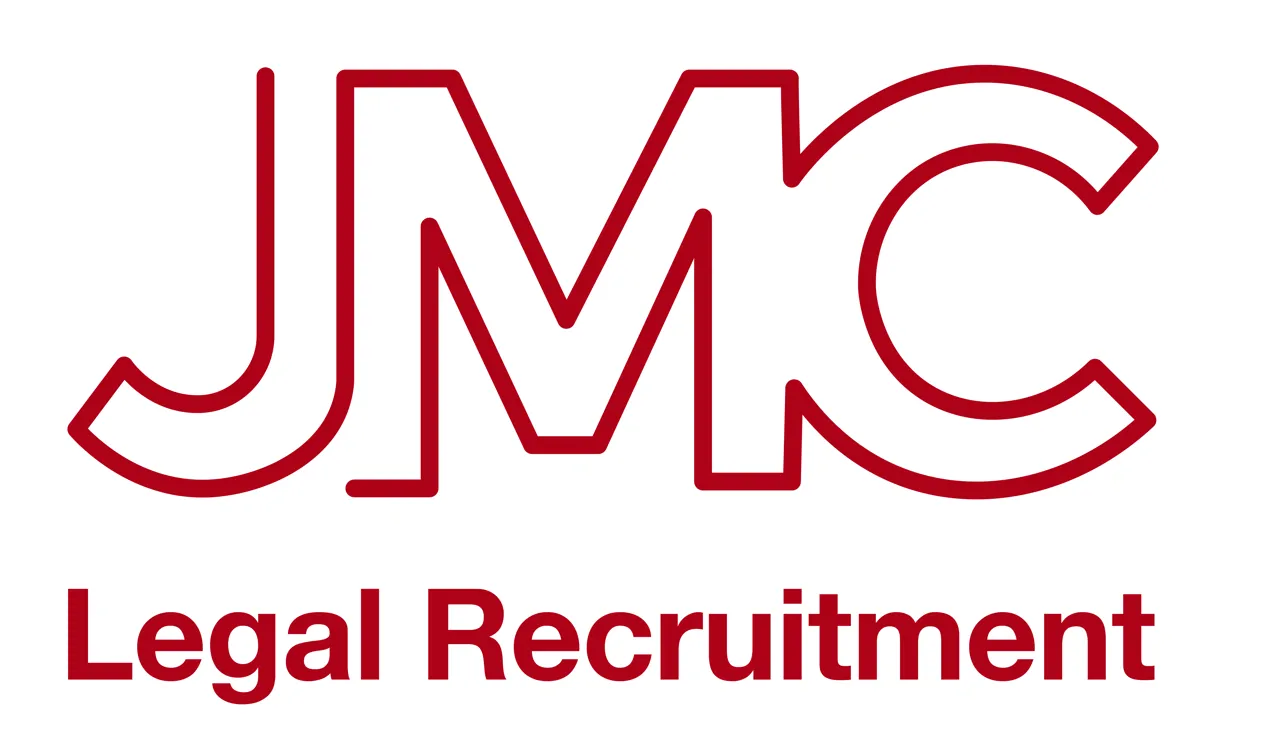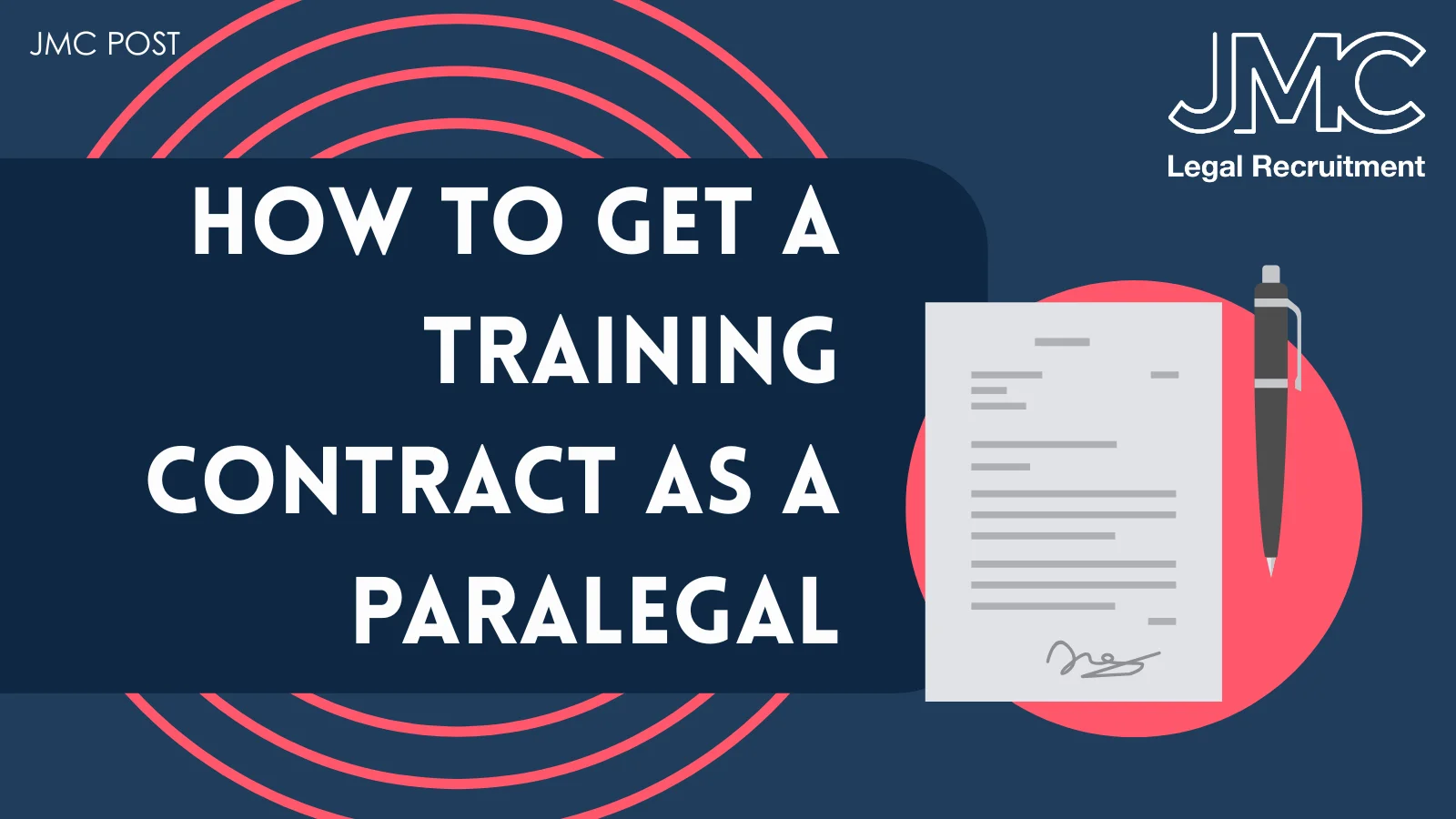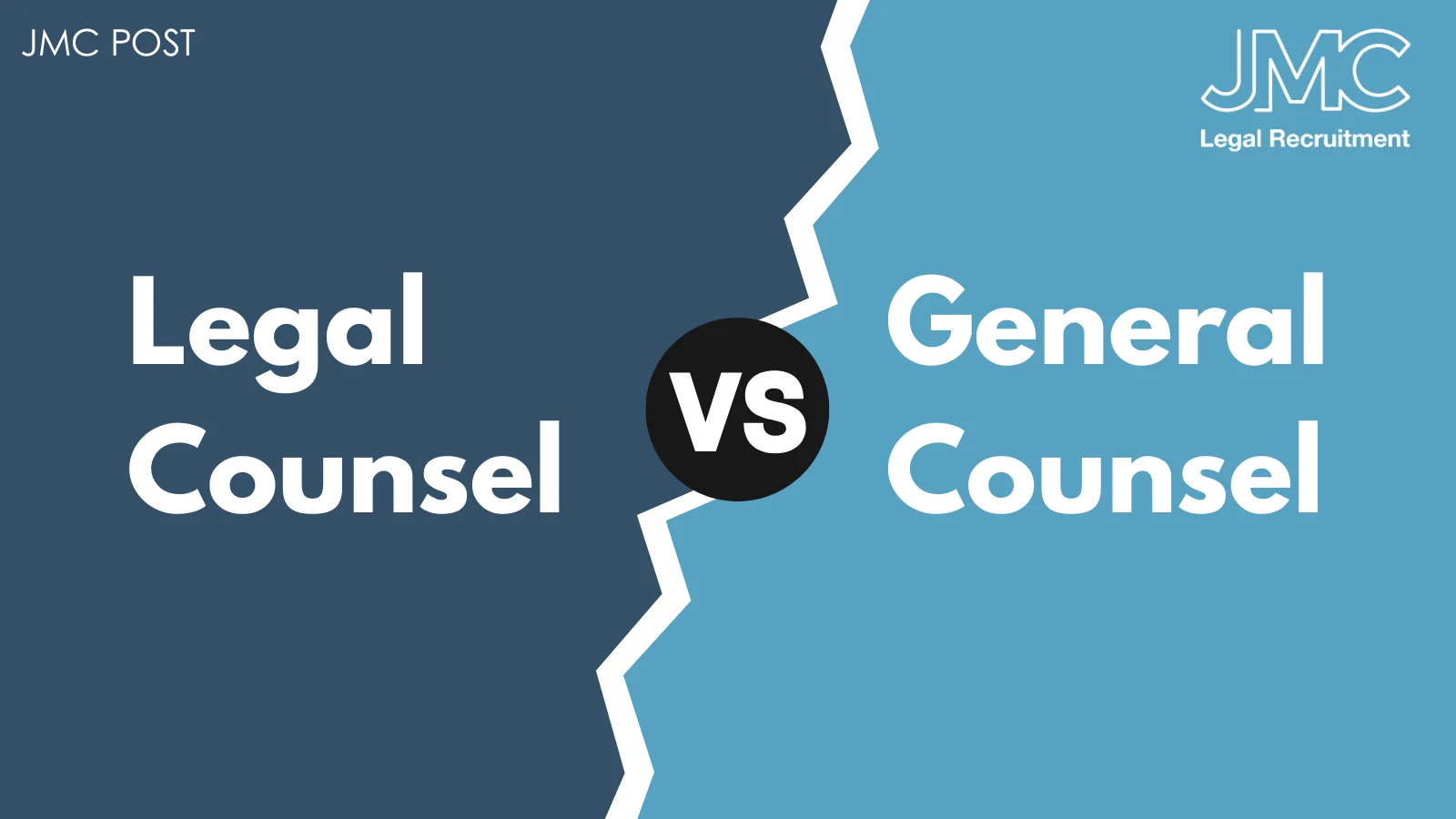
2025 Trends in Partner Hiring and Lateral Moves: A Strategic Guide for Law Firms and Candidates
21 May, 20258 minutes
Lateral partner hiring has become one of the most influential growth strategies for law firms in the UK and globally. In 2024 alone, London saw a record-breaking 546 partner moves, a 6.6% increase from the year before. This trend shows no signs of slowing in 2025. From rainmaker recruitment and portable books of business to integration and cultural fit in law firms, the lateral hiring process is more complex, and more important than ever before.
This guide explores the latest trends in lateral moves and partner hiring, offering valuable insights for both law firms seeking talent and partners contemplating their next strategic career step.
My Perspective on Partner Recruitment – Jason Connolly, CEO, JMC Legal Recruitment
As someone who has spent over a decade specialising in partner recruitment, I speak with partners across the UK every single day. I’ve placed hundreds of partners and moved entire teams around the City and West End legal markets.
My view is simple: partner recruitment is not about filling vacancies, it’s about strategic alignment, timing, and realising potential.
When I first speak to a partner, I don’t just ask what they’re looking for, I look at whether they’re reaching their full potential. I encourage them to take a step back and assess their career from a macro perspective. We break down the mechanics of their practice:
- Where does the workflow come from?
- What’s being referred out, or in?
- How much internal support do they really have?
- What are their margins?
- Are they being enabled to grow, or are they carrying more than their fair share?
One thing I always find surprising is how many high-performing partners aren’t fully aware of their total worth. That means they’re often not remunerated in a way that reflects their true value to the firm. Working this out is essential, not just in terms of numbers, but influence, client development, brand equity, and internal contributions. Sometimes the most talented partners are undervalued, simply because no one has helped them take a step back and audit their contribution or this information isn’t easily available within their current practice.
Timing is everything in making a smart move. I often advise partners to act when the market for their practice area is buoyant, don’t wait until frustration builds. But just as important as timing is who you work with. I can’t stress enough the importance of working with a recruiter who genuinely understands the partner market, your goals, potential, and how to present your story to the market.
At the end of the day, it’s the recruiter who drives the recruitment process. They shape the narrative, control the messaging, and play a critical role in helping both the candidate and the firm make informed decisions. Find out more about our Partner Recruitment services.
For Law Firms Hiring Law Partners
From a law firm’s perspective, getting partner recruitment right is essential. Partners are the commercial backbone of a firm. But hiring isn’t just about what talent you bring in, it’s also about what you retain. One overlooked partner leaving can cause a ripple effect, clients, associates, and even other partners may follow.
That’s why I always say: don’t just have a recruitment strategy, have a retention strategy.
Sometimes, the bigger question firms need to ask isn’t what talent are we getting? but what talent are we not being sent? If a firm isn’t receiving top-tier CVs or attracting rainmakers, there may be underlying issues, culture, perception, process - that candidates are silently reacting to. And often, firms are unaware of these blockers.
My advice? Work with a tight PSL of good-quality recruiters. People who have the confidence and experience to tell you the hard truths. Who will say the things you may not want to hear, but need to.
A great starting point is asking: What would make a top partner with a multi-million-pound book of business want to be sent to us?
Finally, never underestimate the importance of your recruitment process. I’ve seen firms win over exceptional candidates purely because they ran a slick, thoughtful process. One of the most impressive I’ve seen? A firm that sent candidates a physical brochure outlining its culture, values, client profile and vision, before the first interview. That kind of attention to detail stands out. It shows intent. It shows pride in the platform.
For partner-level candidates, the recruitment experience itself is often what tips the balance. Are they being met with clarity, vision, respect? Or is the process vague and disorganised? In a competitive market where top partners are being courted by multiple firms, the difference between a yes and a no often lies in those early impressions.
In 2025, law firms can’t afford to be passive, the partner market is evolving fast. The rise of consultancy models (now employing one-third of lawyers in the UK), changing expectations around flexibility, and the increasing importance of tech infrastructure and culture all mean that firms need to constantly reassess how they attract and retain senior talent.
The Evolving UK Lateral Partner Market
The UK legal market remains one of the most competitive and mature globally, with London as its epicentre. US law firms continue to play an outsized role in driving lateral activity, particularly in transactional practice areas such as private equity, banking, and corporate M&A. US outfits are offering aggressive partner compensation models and lucrative signing incentives to attract top talent, which in turn puts pressure on UK-headquartered firms to stay competitive.
According to recent data, 36% of lateral partner moves in Q1 2024 involved female partners - an encouraging sign for gender diversity in the profession. There’s also growing emphasis on diversity, equity, and inclusion when assessing the cultural fit in law firms.
Why Lateral Partner Hiring Is a Strategic Imperative for Law Firms
For firms, lateral partner hiring is about not only growth but capability. Bringing in partners with a portable book of business can open doors to new sectors, new geographies, and high-value clients. But there are pitfalls. A failed lateral move can cost a firm hundreds of thousands in lost revenue, reputational damage, and wasted resources.
This makes due diligence critical. From verifying client portability to understanding personality and cultural alignment, successful law firm talent acquisition hinges on rigour and realism.
Insights for Candidates: What Makes a Smart Lateral Move?
For partners considering a lateral move, the number one piece of advice is: be strategic. Ask yourself:
- Does the firm have the right infrastructure to support your clients?
- What value will this move add to me, my clients and my career?
- How will the firms existing infrastructure support me in my goals?
- Will your practice integrate seamlessly with theirs?
- Is there true partnership potential, or are you just being added for short-term gain?
Crucially, don’t oversell your book of business. Law firms are becoming more sophisticated in evaluating revenue projections and are increasingly interested in long-term sustainability over immediate numbers.
Business Planning Advice for Lawyers
Business plans have become standard in the lateral hiring process. But too often, they’re written, submitted, and then forgotten. A strong partner business plan should outline not just revenue targets but also key strategies for marketing, client acquisition, and cross-selling.
I have a wealth of experience in assisting Partners to write a business plan and acting as a sound board. Essentially a business plan should allow expectations to be managed on both sides, so there should be no moving goal posts once having started at your new firm. It should also allow you to bottom out in the recruitment process, what support you need to fulfil the plan, and what you may receive in terms of recognition, pay and progression if the plan is fulfilled.
Lateral hires who succeed often build in a 90-day action plan as part of their business proposal. This allows for early wins and clear performance metrics, laying a strong foundation for integration into the firm’s wider growth strategy. To find out how I can help you assist you in constructing your business plan, get in touch.
Law Firm Integration: The Make-or-Break Factor for Lateral Moves
Studies consistently show that the number one reason lateral partners leave a new firm is poor integration. Whether it’s misaligned expectations, lack of internal support, or poor visibility, lateral partner integration needs to be an ongoing process, not just a two-week onboarding.
That’s where consultancy firms have come into their own having really refined and led the way on candidate onboarding. These firms often have plans that span up to one year, to ensure the newly hired Partner feels not just supported, but part of the team, mentored to grow their practice amongst many other factors.
Successful firms take a systematic approach:
- Pair new hires with a sponsor or integration partner.
- Offer marketing and PR support to announce the move.
- Provide clear timelines and milestones for internal introductions, client meetings, and BD initiatives.
Some firms even create internal dashboards to track integration KPIs like internal referrals, cross-practice collaboration, and billing within the first 6–12 months.
Monitoring and Accountability: What Happens After the Hire?
Performance monitoring shouldn’t be seen as micromanagement; it’s about supporting long-term success of your new hire and the wider team. The best firms conduct formal check-ins at 3, 6, and 12 months post-hire to ensure expectations are aligned and challenges are being addressed.
For candidates, this also means being prepared to deliver against the promises made in their lateral business plan. Law firm hiring committees are increasingly measuring success not just by revenue generated, but also by collaboration, contribution to firm culture, and strategic alignment.
The Future of Lateral Moves and Law Firm Growth Strategy
Looking ahead, several trends are likely to shape the future of partner hiring:
- Hybrid Practices: Firms are placing a premium on partners who can advise across disciplines (e.g., tax + private client or corporate + regulatory).
- Sector Specialism: Rainmaker recruitment is focusing more on sector-based client followings, think tech, healthcare, ESG, and financial services.
- Flexible Compensation Models: Partner compensation models are becoming more agile, offering earn-outs, revenue shares, and hybrid draws.
- Values-Driven Moves: Cultural fit is now a top-five reason partners make lateral moves, especially among younger partners seeking meaning and authenticity.
Making the Right Move
Lateral moves can transform careers and catalyse firm growth, but only when approached strategically. Whether you’re a law firm seeking to enhance your capabilities, or a partner weighing your next step, understanding the dynamics of lateral partner integration, business planning, and cultural fit can be the difference between a long-term success story and a costly misfire.
In a hyper-competitive market, the lateral hiring process must be intelligent, intentional, and informed. As 2025 unfolds, those who master this process, on both sides of the table, will define the next generation of the legal market.




